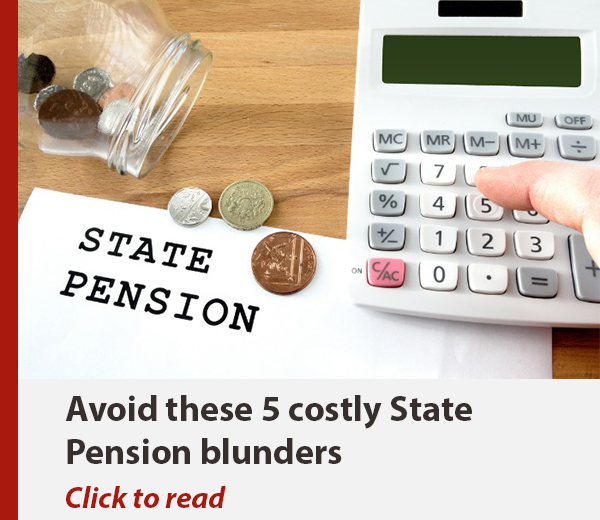Retirement savings: 8 ways to make them last longer by reducing tax

Here are the most tax-efficient ways to withdraw your pension and other savings when you retire.
The order in which you take your savings is key to reducing how much tax you’ll pay in retirement.
Prioritising which savings you use up first in retirement can be almost as important as saving itself.
If you are careful and take your savings in a particular order you can make them last longer.
This prioritisation could also help you to leave more money to your loved ones following your death.
When to withdraw your pension
Typically, you shouldn’t take money out of a tax-advantaged savings plan until you actually need the income.
If you are still in the workplace, you and your employer are likely to be paying into a pension, and if you haven’t built up an adequate retirement income you may want to have the flexibility to increase your pension contributions.
As soon as you start taking your retirement income from a flexi-access pension you will be severely limited on the amount you can continue to save tax-efficiently in a pension, as the maximum falls from £40,000 to £10,000 a year (this was set at £4,000 in previous years).
You should also avoid jumping up a tax band and paying more tax than you have to. Being savvy can save you money in retirement.
Everyone’s circumstances and financial needs are different and ideally, you should get the help of a professional financial adviser, but here are some tips to help you maximise your retirement savings.
1. Don’t hold excess cash in your bank account
Avoid paying Income Tax on any interest earned above your Personal Savings Allowance, by not holding excess cash in your bank account.
2. Don’t rush into taking money out
Pensions, Lifetime ISAs (LISAs) and ISAs will continue to grow tax-free.
Don’t take out any money, particularly from a pension just to put it into a bank account or Cash ISA.
3. Use your ISA savings initially
You can cash in your ISA at any time and payments are tax-free, so they won’t affect the amount of tax you pay.
Using your ISA savings – rather than your pension – can help you top up your income when moving from full-time work to reduced hours to full retirement.
ISAs form part of your estate potentially attracting Inheritance Tax (more about this here), although there are special tax rules between spouses and civil partners who inherit their partners ISA allowance.
4. Cash in your pension tax-free cash sum
You can take up to 25% of your pension fund, tax-free.
You can do this from age 55, and as the amount is tax-free it won’t affect the amount of tax you pay. Nor will taking a 25% cash trigger the ‘Money Purchase Allowance’ of £10,000.
5. Use your Personal Tax Allowance
If your income is less than your personal tax allowance you won’t pay any Income Tax.
Think about topping up your income to your Personal Tax Allowance from your pension.
Click here for loveMONEY’s complete guide to tax
6. Take small pension pots worth less than £10,000
With the exception of the 25% tax-free cash withdrawal from your pension, any income will be taxed under the Income Tax rules.
You can cash in up to three small pension pots without triggering the ‘Money Purchase Allowance’ which means you can keep saving within the annual allowance of £40,000.
7. Start taking your pension income
You should generally access your pension last after accessing your ISA, and pension tax-free cash, as any pension income will be taxable under the Income Tax rules.
Delaying taking your pension income will help it last longer. If you are still working you may want to have the option of continuing to make pension savings.
Be aware that once you start taking a retirement income from income drawdown or a flexible annuity, future pension savings will be limited to £10,000 a year, down from £40,000, which could affect your future plans, such as if you decide to return to work.
Learn more: how to deal with debt in retirement
8. Don't push yourself into a higher tax bracket
Be careful not to take out too much pension income in any tax year if you’re using income drawdown, in case this pushes you into a higher tax bracket.
Only take out as much money as you need. If you’re a Basic Rate taxpayer for every £1,000 of pension income you will get £800 in your pocket.
Every £1,000 of pension income subject to Higher Rate tax leaves you with £600.
You should be careful how much you take out in any tax year to avoid crossing a tax band and paying more tax than you need to.
It may be worth taking some pension income alongside income from other savings if you’d still be below the Income Tax threshold.
Comments
Be the first to comment
Do you want to comment on this article? You need to be signed in for this feature
